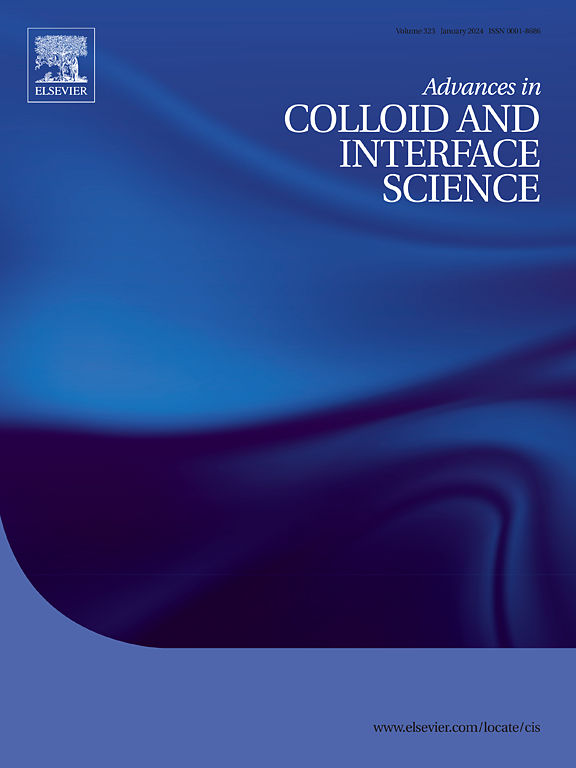Recent advances in the heavy metals removal using ammonium molybdophosphate composites: A review
IF 19.3
1区 化学
Q1 CHEMISTRY, PHYSICAL
引用次数: 0
Abstract
Heavy metal contamination in water poses serious environmental and public health risks, driving advancements in remediation techniques. Ammonium molybdophosphate (AMP) composites have emerged as highly efficient adsorbents due to their ion-exchange capabilities, chemical stability, and specificity toward toxic metal ions. This review aims to synthesize recent scientific advances in the synthesis, functionalization, characterization, and application of AMP composites for heavy metal (HM) removal. It also emphasizes the technological, economic, and environmental challenges associated with their use and outlines future research directions to support their sustainable and effective large-scale implementation. The originality of this study lies in identifying advanced techniques for the functionalization of AMP composites, including hybrid approaches, while addressing regulatory, economic, and industrial aspects, to support a sustainable and circular scientific framework. This review emphasizes recent developments in AMP-based materials through the innovation of synthesis, functionalization, and hybridization with polymers and nanomaterials, which improve their adsorption efficiency and selectivity. The HMs' adsorption mechanism and integration of AMP composite into complicated water treatment systems will be probed. Scalability, regeneration, and multiple contaminant interactions are critically evaluated as limitations in addition to the synthesis cost of AMP composites. Further research efforts should optimize the AMP material to meet industrial-scale applications while using cost-effective means that offer a broader appeal toward environmental sustainability. AMP composites are highlighted as promising green and selective processes for heavy metal remediation.

磷酸钼铵复合材料去除重金属的研究进展
水中的重金属污染构成严重的环境和公共健康风险,推动了修复技术的进步。磷酸钼铵(AMP)复合材料因其离子交换能力、化学稳定性和对有毒金属离子的特异性而成为高效吸附剂。本文综述了近年来在AMP复合材料的合成、功能化、表征及其在重金属去除中的应用等方面的研究进展。它还强调了与它们的使用相关的技术、经济和环境挑战,并概述了未来的研究方向,以支持它们的可持续和有效的大规模实施。本研究的独创性在于确定AMP复合材料功能化的先进技术,包括混合方法,同时解决监管,经济和工业方面的问题,以支持可持续和循环的科学框架。本文综述了近年来在合成、功能化以及与聚合物和纳米材料杂交等方面的创新进展,以提高其吸附效率和选择性。将探讨HMs的吸附机理和AMP复合材料在复杂水处理系统中的集成。除了AMP复合材料的合成成本外,还对可扩展性、再生能力和多种污染物相互作用进行了严格评估。进一步的研究工作应该优化AMP材料,以满足工业规模的应用,同时使用具有成本效益的手段,为环境可持续性提供更广泛的吸引力。AMP复合材料在重金属修复中具有良好的绿色和选择性。
本文章由计算机程序翻译,如有差异,请以英文原文为准。
求助全文
约1分钟内获得全文
求助全文
来源期刊
CiteScore
28.50
自引率
2.60%
发文量
175
审稿时长
31 days
期刊介绍:
"Advances in Colloid and Interface Science" is an international journal that focuses on experimental and theoretical developments in interfacial and colloidal phenomena. The journal covers a wide range of disciplines including biology, chemistry, physics, and technology.
The journal accepts review articles on any topic within the scope of colloid and interface science. These articles should provide an in-depth analysis of the subject matter, offering a critical review of the current state of the field. The author's informed opinion on the topic should also be included. The manuscript should compare and contrast ideas found in the reviewed literature and address the limitations of these ideas.
Typically, the articles published in this journal are written by recognized experts in the field.

 求助内容:
求助内容: 应助结果提醒方式:
应助结果提醒方式:


